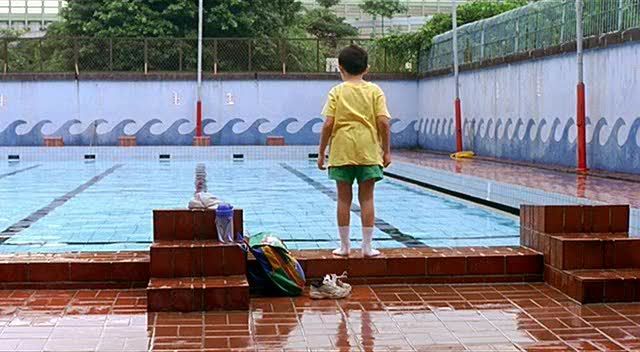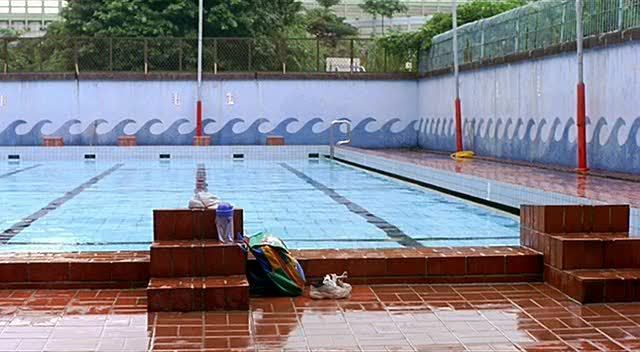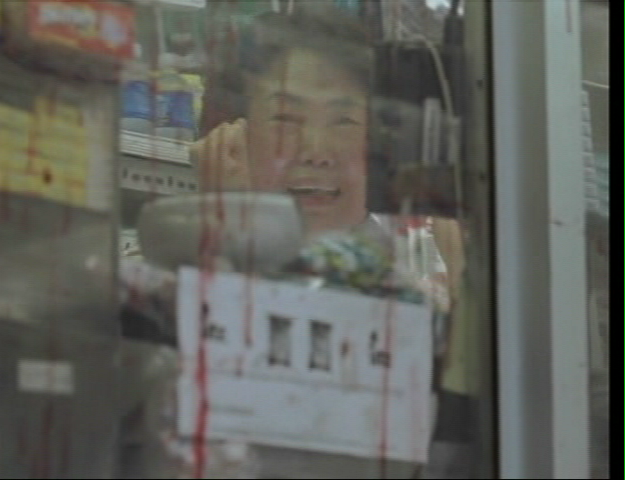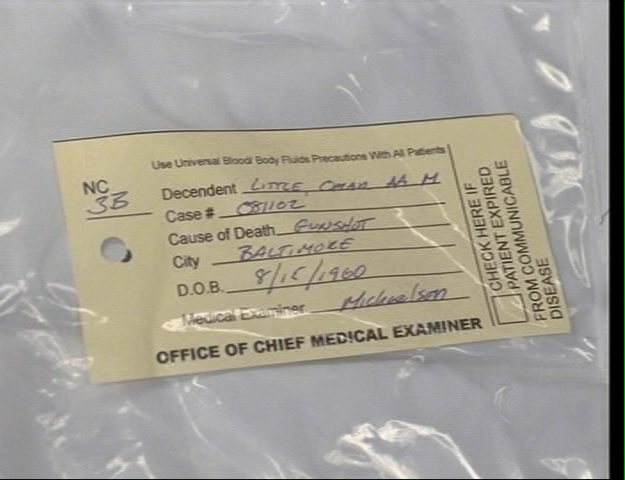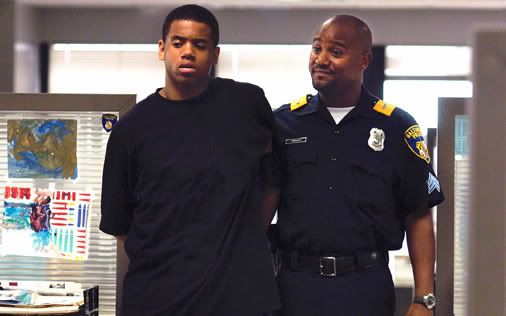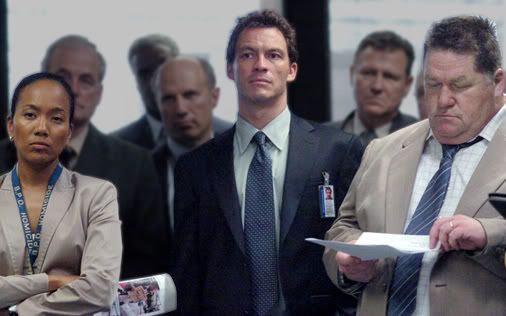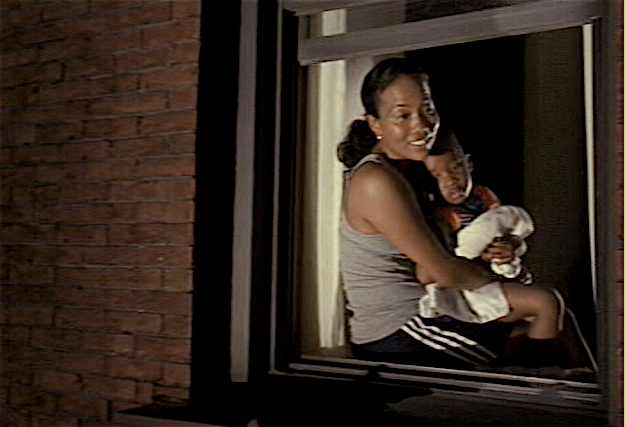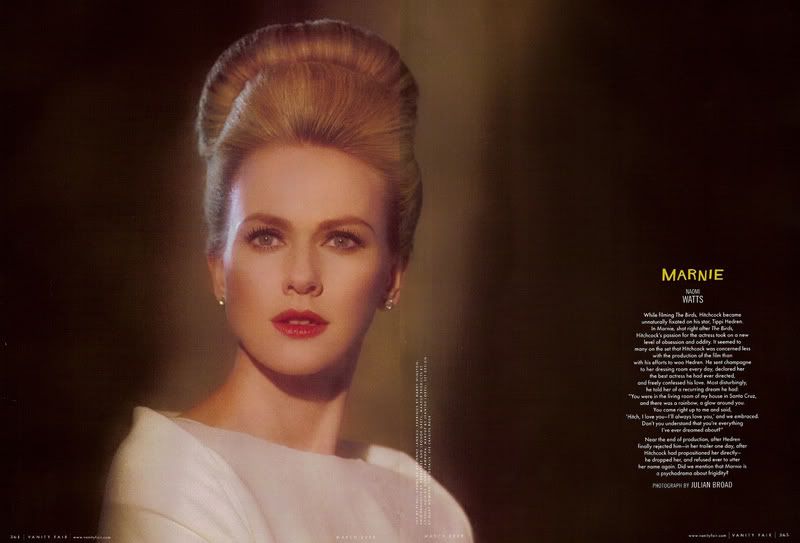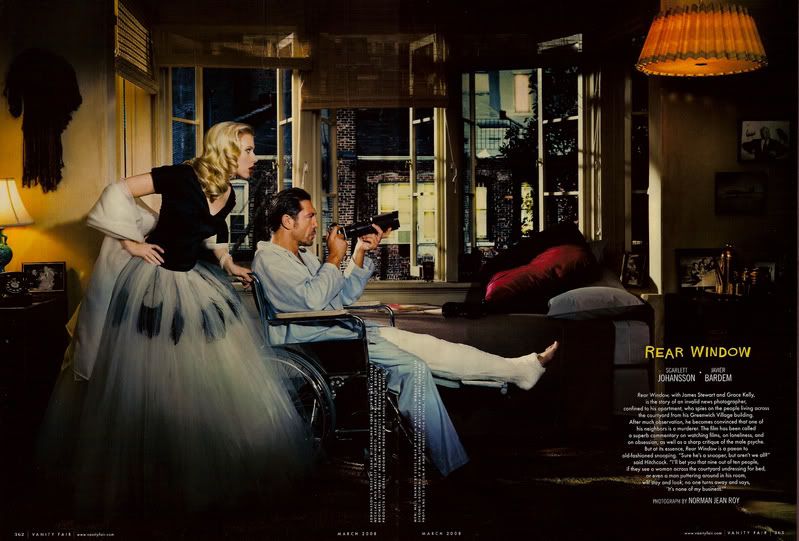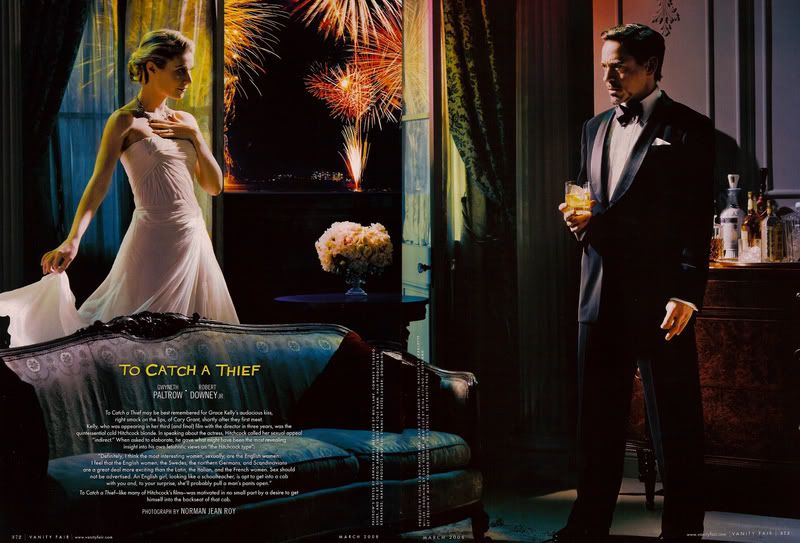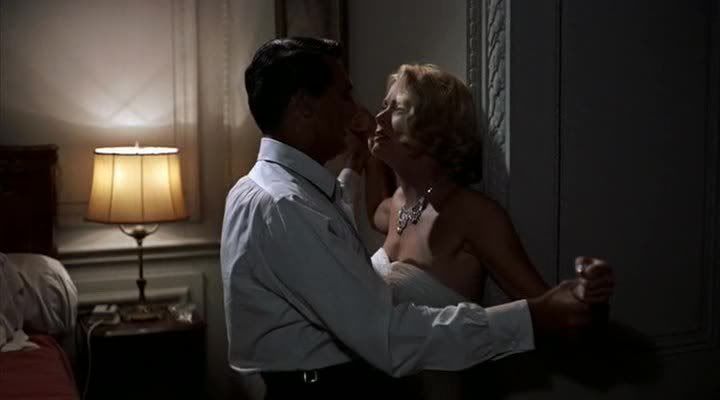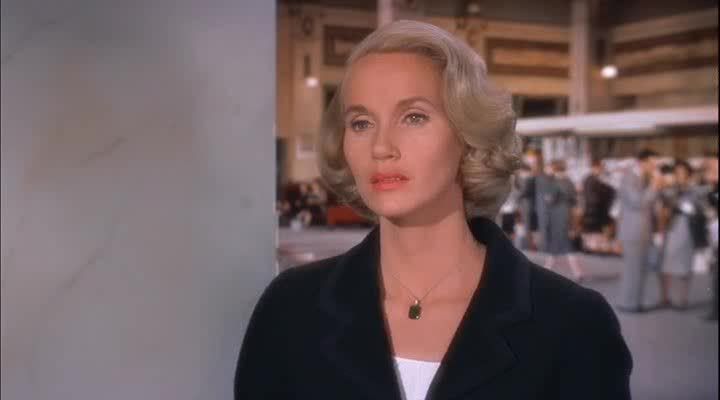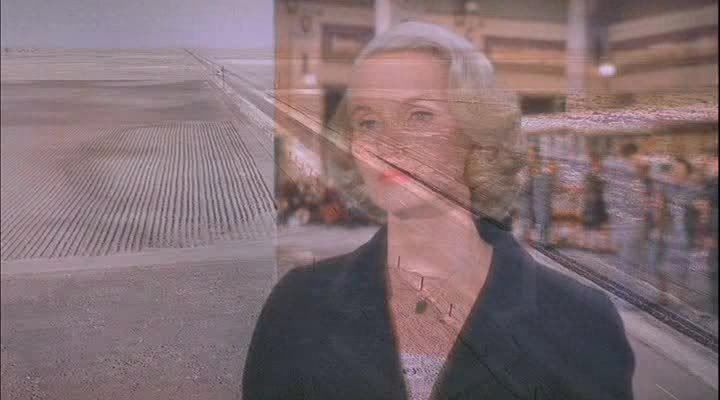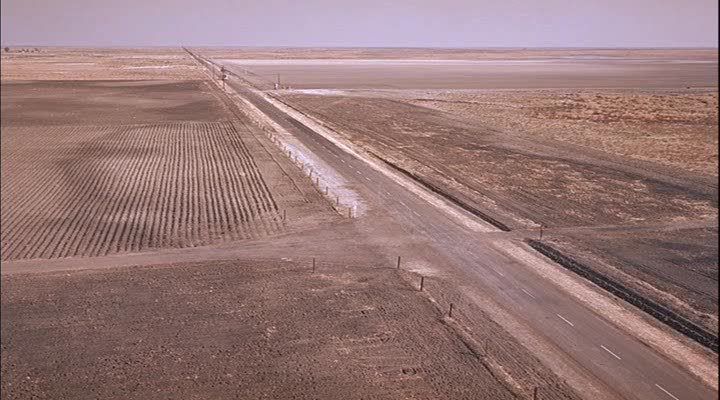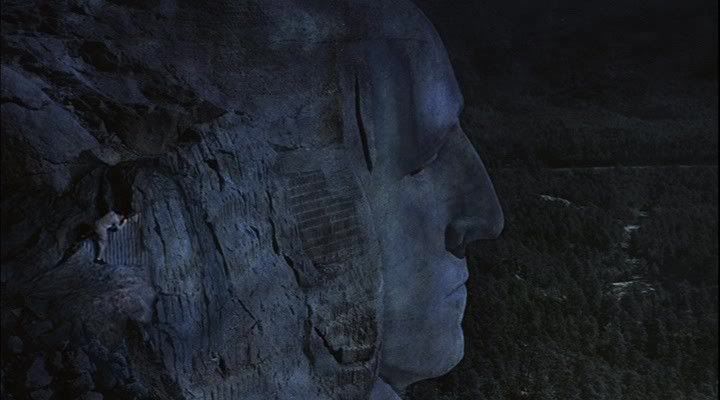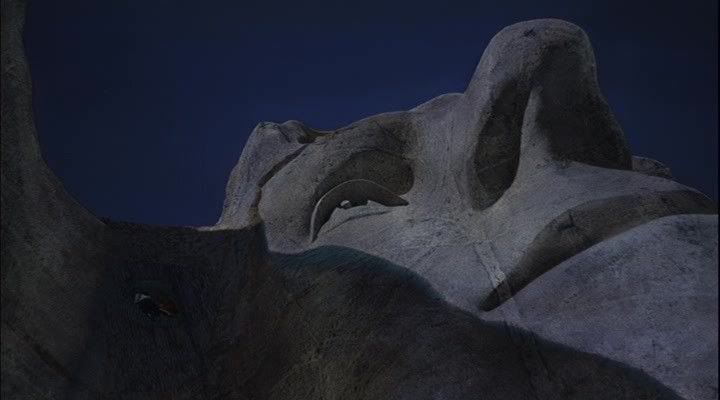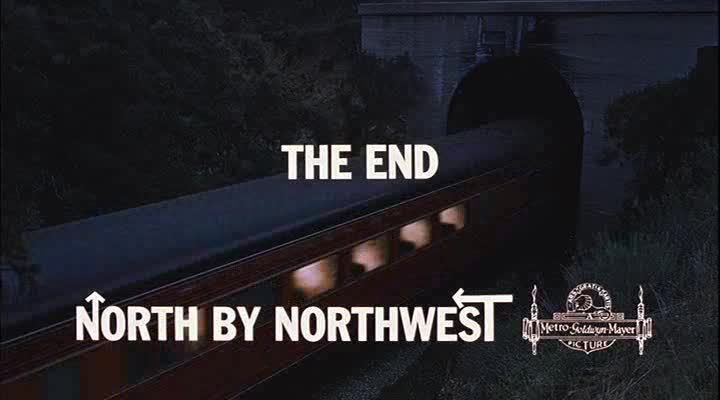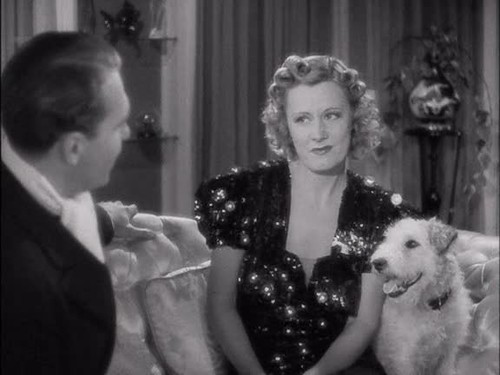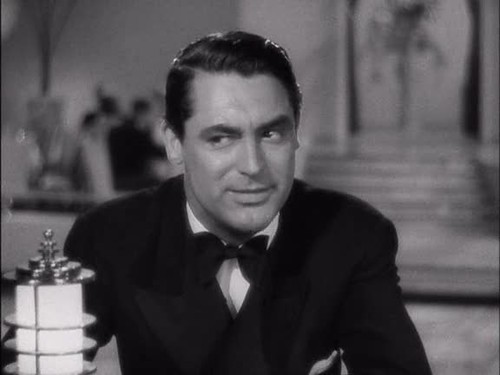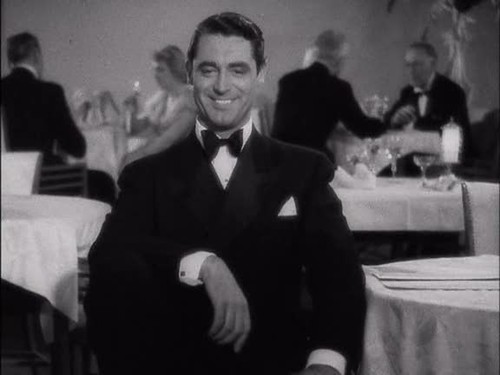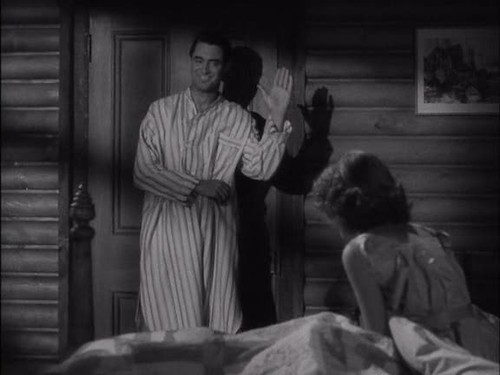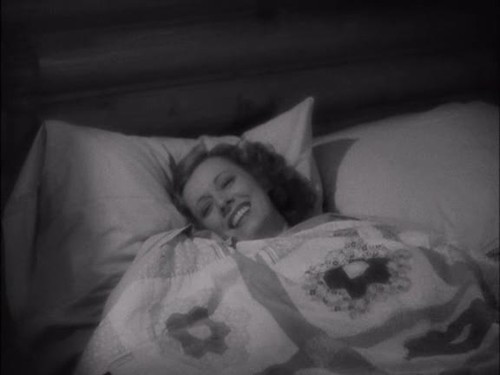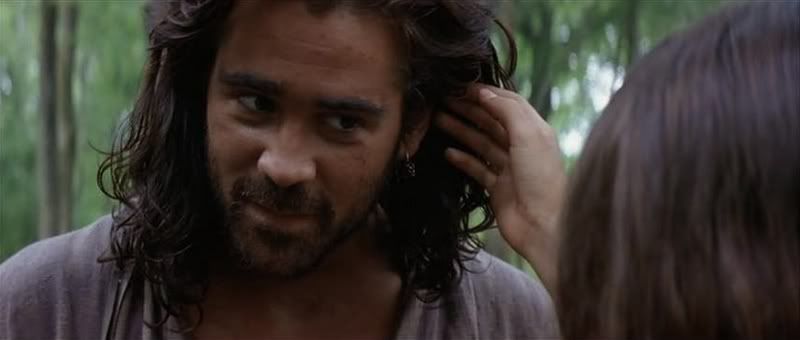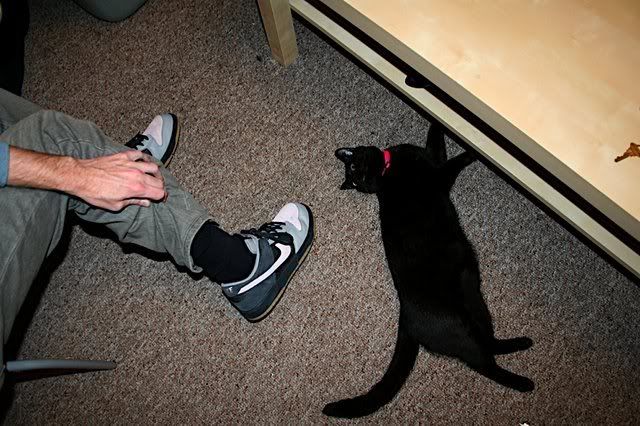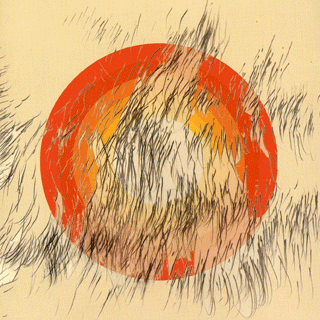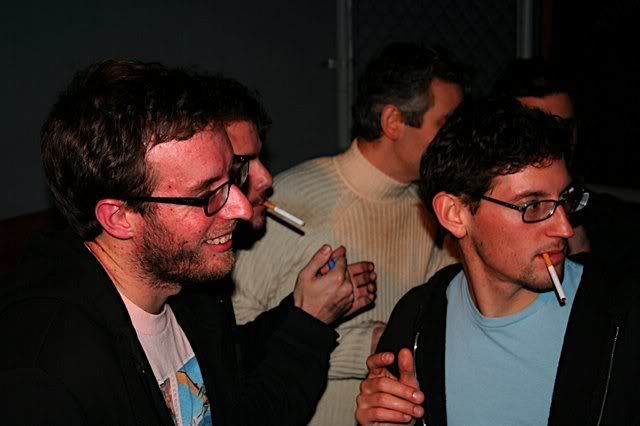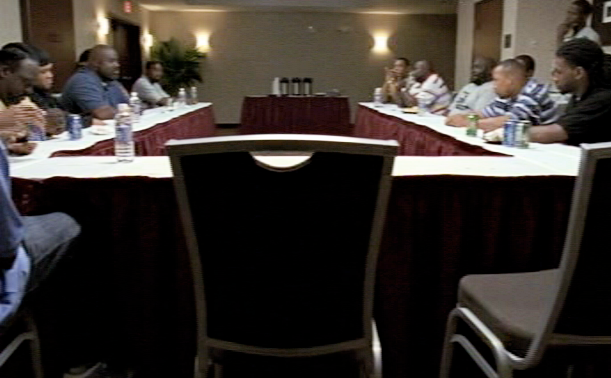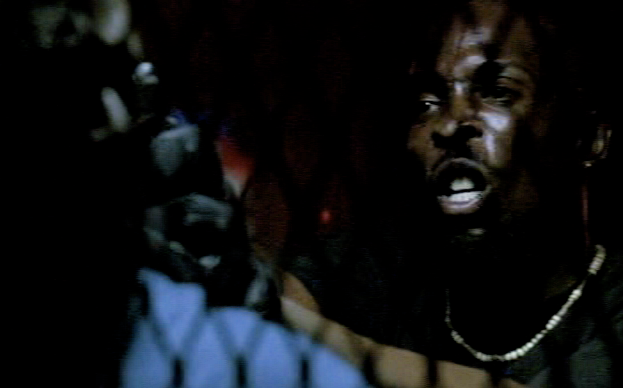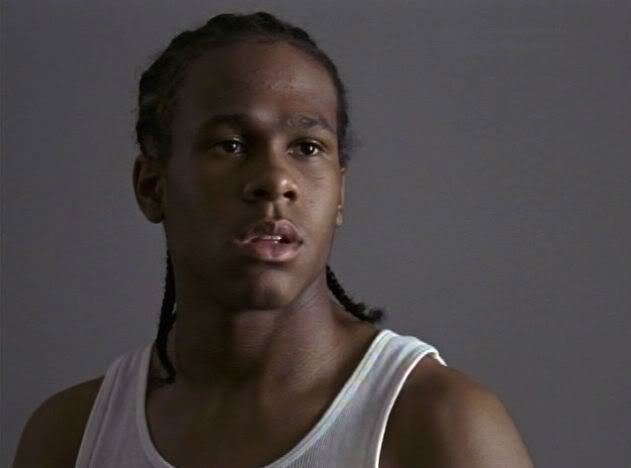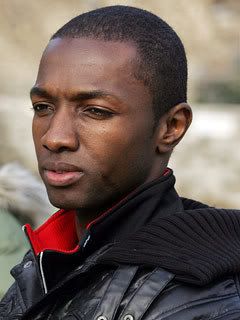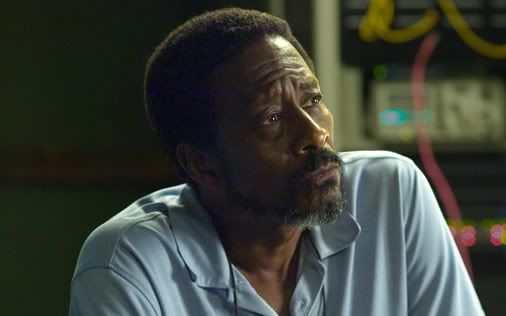Happy to live in Berkeley this spring.
-Some belated Out 1 notes.
-Pedro Costa at PFA Announcement.
-The New PFA calendar is dope.

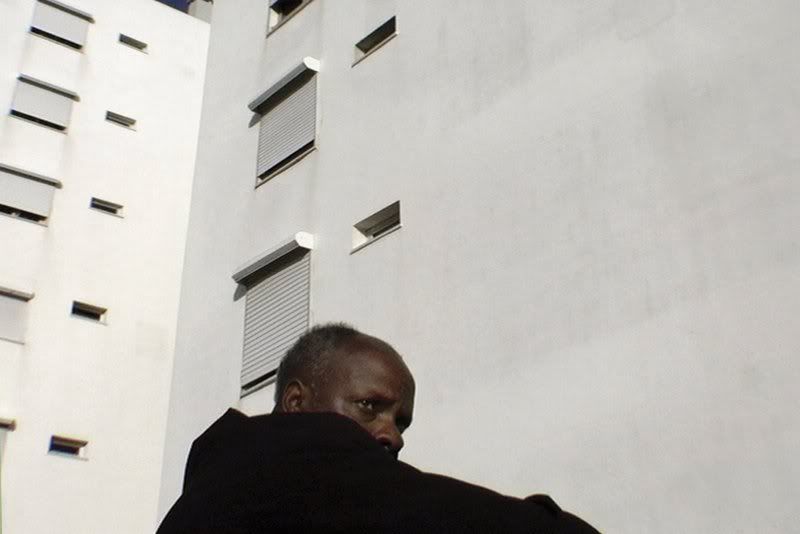
On Sunday, February 17, before that week's Wire, I saw Jacques Rivette's Out 1: Spectre. I'd planned on writing up a post to be titled, simply, "Out 1" (comparing this four-hour version to the twelve-hour Noli me tangere version) but then I heard their new calendar was days away and figured, with the concurrent excitement, I might fold the two projects into one. And, well, shit. I've gotten so giddy about all the offerings on this new calendar I've almost forgotten about the Rivette pictures: the Pedro Costa series (starting Saturday March 1st with Costa's newest film, the much-blogged-about Colossal Youth) even comes with an endorsement from Rivette himself: "I think that Costa is genuinely great." But let me not forget myself (do not think I'm silent out of pride?) and skip over what Dennis Lim once called "the cinephile's holy grail." It's taken me long enough to get to this messy, lovely picture.
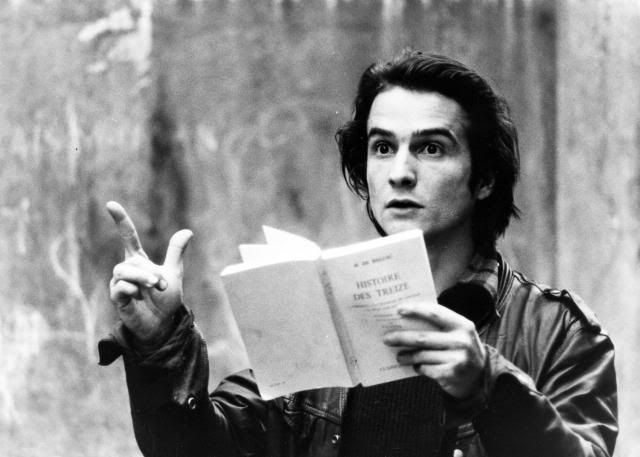
Safe to say Out 1 is monumental, right? Or, if not monumental, simply big — in either incarnation (12- or 4-hours). I thought I’d tested myself with Satantango’s all-day adventure in the muck (was that really more than a year ago?), but last summer’s two-day adventure in the theatre of life (was that nearly a year ago? really?) was, quite manifestly, a longer (bigger) undertaking. And, I must say, length and “sloppiness” and lack of subtitles notwithstanding, I find Rivette’s film much more joyful, sexy, funny and endearing — I’ll even hazard “better” — than Tarr’s film. For starters, Rivette’s film is about plays, about playing. And, with the twelve-hour Noli me tangere, you get three breaks, including a night to sleep halfway through; the four-hour Spectre has no intermissions. And my French is way better than my (nonexistent) Hungarian. And, of course, Out 1 has Juliet Berto.
How Berto’s Frédérique fits into Rivette’s two versions of film — what role she’s given to play, what end she meets (or doesn’t) — may help begin to characterize their differences. The simplest distinction is Frédérique's curtailed involvement in the shorter version, Spectre: she is denied not only her blood-marriage to Renaud but also her rooftop death scene. She leaves Spectre by turning her back to the audience, putting her face against a wall, denying us her countenance — and with that she’s never seen again. In Noli me tangere, Frederique’s death punctuates her story with more finality, of course, and it means more given the rest of the plot that Spectre elides. Nevertheless, in both versions, her end resembles and speaks to the ends Jean-Pierre Leaud’s Colin finds, just as both Frédérique's and Colin’s respective endings within the different films speak to one another. Frédérique ends both films laying down, turned away from the world, unsuccessful in her final game(s); Colin ends both films giving up on his pursuits to find an underground society (in Spectre he has the last line of dialogue: “It didn’t work…”).
Both incarnations of Out 1 are concerned with negotiating the vagaries and demands of living in and existing with this odd Paris Rivette sees as a network of people and of stages — of opportunities for play — but where Noli me tangere is a cinema of duration (testing its characters’ patience and will as much as its audience), Spectre is a cinema of interruptions (better to scatter the narrative, to defamiliarize the audience). Still, each version pushes to disassemble itself, one just takes longer than the other: the lengthier Noli me tangere multiplies events and identities and characters through mirrors and structural rhymes; the shorter Spectre shows only traces of those mirrored trajectories. Things are always connected and always disconnected in Rivette’s Paris. Think of the “accidental” title: what is out and what is one? Is one out as much as out one? The subtitles hold more meaning, but Noli me tangere (Latin for “touch me not”) is more ironic than Spectre (clearly: everybody is a ghost — to everybody else, to themselves) since the longer edit foregrounds how certain relationships exist primarily in the tactile sense, even in absentia.
Of course, this is also an argument about filmic and theatrical performance as ghostly — about films themselves as trace memories, evaporating ephemera. So fitting that I cannot remember more of these monumental myths. I wish I took better notes, or wrote this immediately after seeing the picture, because it’s pretty hard to remember everything — from a week ago and from a year ago.
Which makes me think: Maybe I should start to keep a film journal. Perhaps I should use blogging as a way to jot down ideas quick and rough. That’s what most people do, I think. Basically: it’s hard to sustain any journalistic level of production when in school full time, especially while writing a thesis. Not that I’ve been seeing a great deal of films this semester anyways. (I’ve been sticking to Michael Mann and Terrence Malick and Alred Hitchcock at home, for the most part; Juliet of the Spirits sits unwatched on my desk, a month after Netflix delivered the disc.) But that will change, at least during the first two weeks of March, during this upcoming Pedro Costa miniseries presented by the Pacific Film Archive, “Still Lives.” I plan on seeing each of the seven features (one of which is a Straub/Huillet picture) and the three shorts the PFA has scheduled and writing them up for a corresponding series of posts on The House Next Door. Having never seen a Pedro Costa film before, this will be quite the experiment, with ample opportunity to go wrong. (Like, what if the flicks suck balls? Doubtful, I know.) But I kind of gave myself the assignment as a personal challenge so I don’t want to fail (myself). Besides, it could be fun. Also cool: Costa will be in attendance for all the events, including a Regents’ Lecture on the final day of the series, March 9th, so I may be able to schedule an interview. (Will get back to you on that.) Many thanks to Shelley Diekman and my friend Meredith for the gracious aid on the tickets front. The series is scheduled as follows.
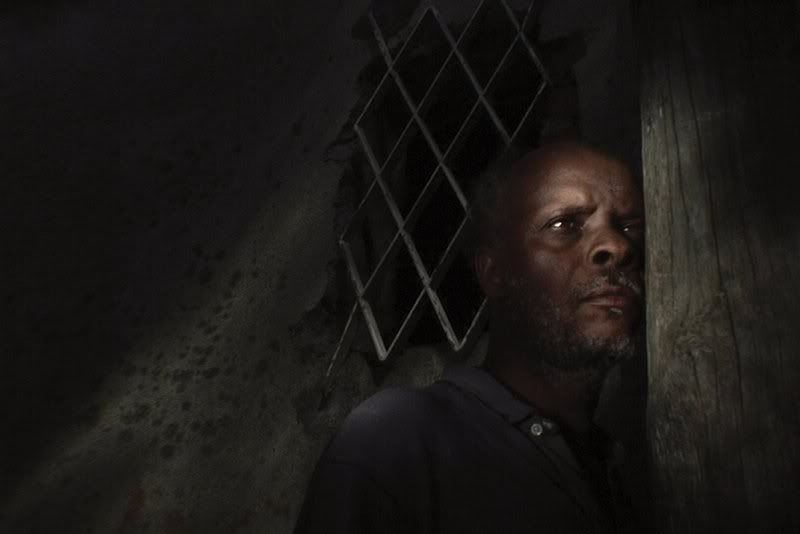
Saturday, March 1, 2008
Colossal Youth at 6:30pm. [This is the film that sparked my interest as it saw a lot of blog pub last year. Kevin B Lee wrote about it for The House. Also: Girish’s “One-Stop” post got my eyebrows to raise.]
Sunday, March 2, 2008
The Blood at 3:00pm. [Costa’s debut is apparently quite indebted to film noir. Dig.]
Bones at 5:00pm, accompanied by the short film “Ne charge rien.” [Bones is the first film in Costa’s Fountaínhas trilogy (more Girish here); the short stars Jeanne Balibar, who can be seen in Rivette’s newest film, Ne Touchez Pas La Hache (Don’t Touch The Axe/The Duchess of Langeais).]
Thursday, March 6, 2008
Where Does Your Hidden Smile Lie? At 6:00pm. [A documentary about the editing practice of the legendary (?) avant-garde cinema practitioners Danièle Straub and Jean-Marie Huillet.]
Sicilia! At 8:45pm, accompanied by the short film “6 Bagatelas.” [Straub-Huillet’s adaptation of Elio Vittorini’s Conversations in Sicily; short is six unseen snippets from Smile.]
Saturday, March 8, 2008
In Vanda’s Room at 7:00pm. [The second Fountaínhas film is an epic 179 minutes.]
Sunday, March 9, 2008
Regents’ Lecture at 3:00pm.
Down To Earth at 5:00pm, accompanied by the short film “Tarrafal.” [Feature stars Claire Denis regular Isaach de Bankolé as a “comatose” Cape Verdean returning home; a 2007 travelogue on Costa’s return to Cape Verde—to look at an island political prison.]
_______________________________
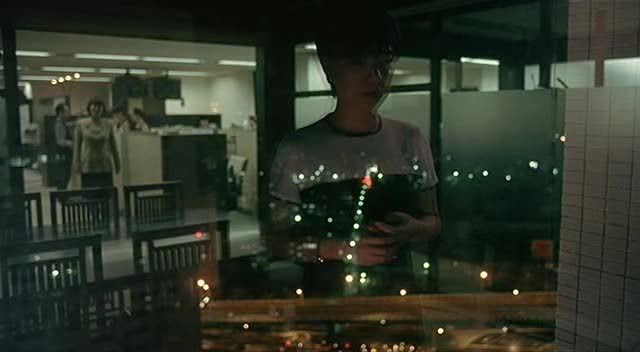
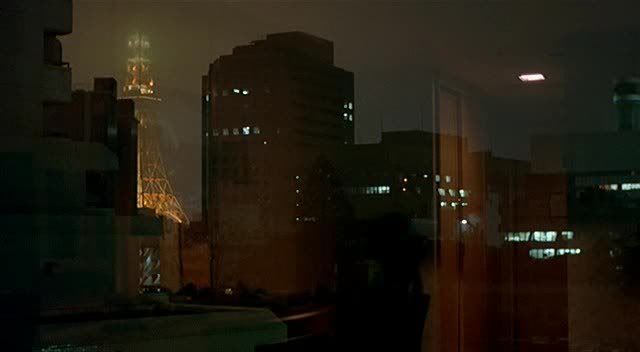
But wait, there’s more. The whole new calendar, which starts with tomorrow’s Colossal Youth screening, is, to put it mildly, fucking awesome.
- The Magnificent Orson Welles offers all the big hits and even some rarer titles, like the way cool Chimes at Midnight (Sunday, March 30, 2008, 2pm), which I'm dying to see on a big screen. Also: Cuyler tells me he's never seen Citizen Kane so I think we'll definitely give him a lesson in awesome on Friday, March 7, 2008, at 7pm (if we don't wind up going out on the town). Easier to make will be the next day's Magnificent Ambersons screening at 5pm.
- There's also a screening of Bunuel's Los Olvidados on Friday, March 7th, after Kane. But it's repeated the following Wednesday so we'll see how that plays out.
- The Clash of '68 is highlighted by Gillo Pontecorvo's Queimada!, starring Marlon Brando, and Peter Watkin's La Commune (Paris, 1871), which is another all-day affair, but the thing that really catches my eye is another three-hour film: Chris Marker's A Grin Without A Cat (Wednesday, April 2, 2008, 7pm), which sounds too hard to summarize all pithy here so follow the link. [Will run in conjunction with Protest in Paris: Photographs by Serge Hambourg in the BAM galleries.]
- The last thing I want to mention is the PFA's involvement in this year's San Francisco Asian American Film Festival. Specifically, two Edward Yang films will be shown: 1986's The Terrorizer (Friday, March 14, 2008), which I have yet to see, but will soon, and his final, lovely, probably-perfect Yi Yi (Thursday, March 20, 2008). I'm starting to really mourn the loss of this cine-giant. I'll have more to say on him soon thanks to a generous gift from one Zach Campbell.

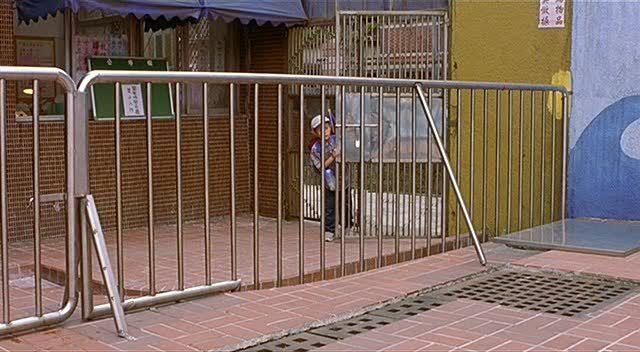
There's yet more in store that I have not drawn attention to but I have to go get on with my day and cook up some breakfast. For all the movie-going (and book-reading and thesis-writing) I've got in store, there's a whole lot of basketball to play, and dance parties to throw, and libations to imbibe, and meals to digest and life to live out of doors, in the light as much as in the dark. I hope I can do it all and come out smiling. Life shouldn't be a chore, it should be a delight -- it should be light! -- a walk in the park or a jump into a pool -- a lot of activity. Let's go.

